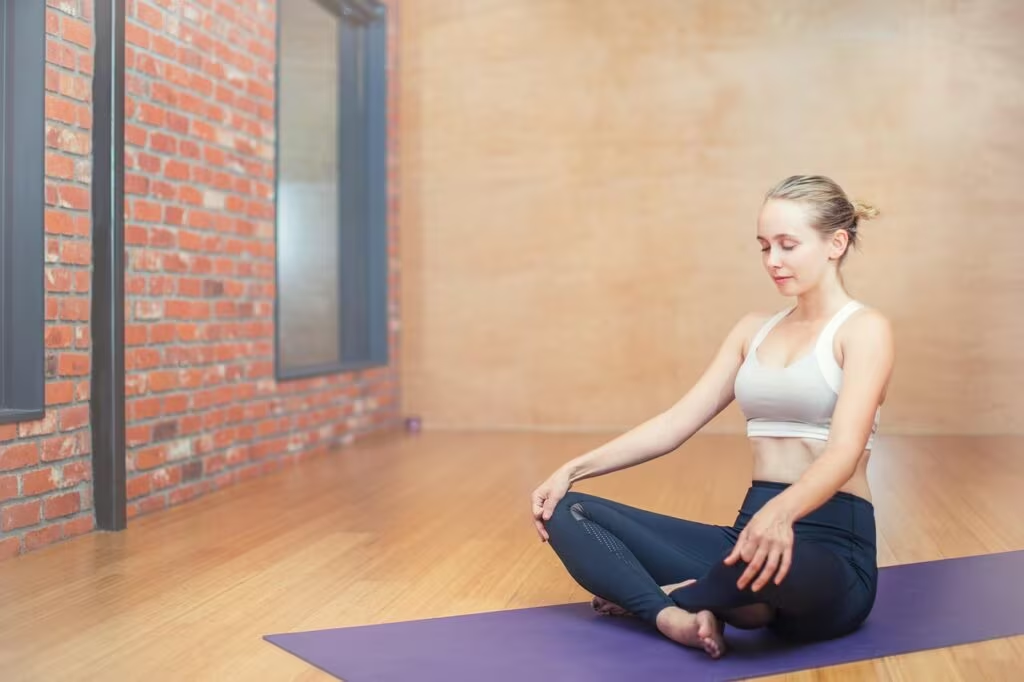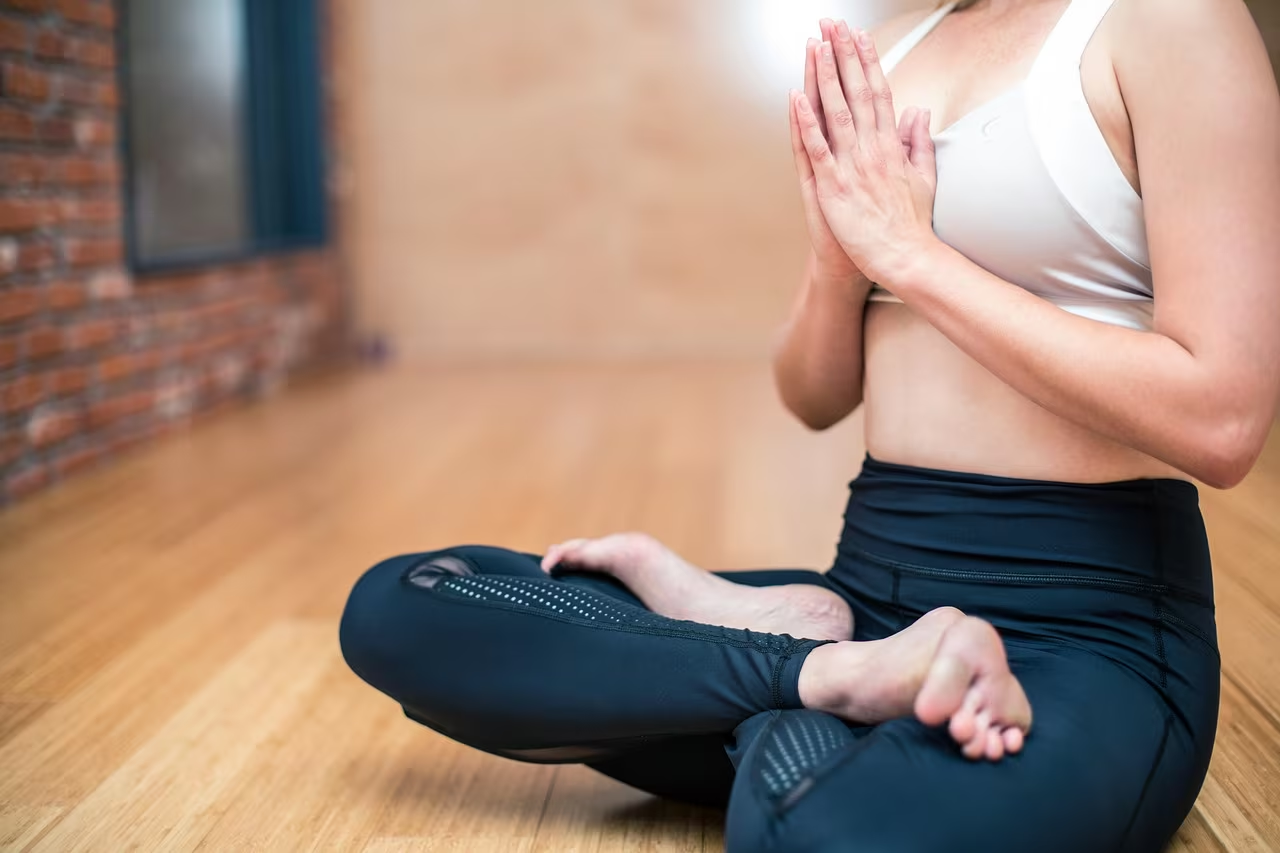Regaining Mobility: The Three Moves That Transform Senior Walking
Walking is often called the perfect exercise, especially for older adults. It is low-impact, accessible, and crucial for maintaining independence and cardiovascular health. However, as we age, reduced muscle strength, particularly in the core, hips, and lower legs, can make walking tiring, unstable, and even painful. This decline significantly increases the risk of dangerous falls.
Fortunately, fitness experts confirm that targeted strength training can dramatically reverse this trend. According to certified personal trainers, focusing on just three foundational movements can rebuild the necessary stability, endurance, and power required to walk easier, longer, and with greater confidence. These exercises target the specific muscle groups responsible for balance and the powerful push-off phase of the gait cycle.
The Biomechanics of Better Walking: Why These Muscles Matter
To understand why these three moves are so effective, it helps to look at the mechanics of walking, known as the gait cycle. A successful, stable stride requires three key components:
- Stability and Balance: The ability to stand on one leg briefly (the single-support phase) without wobbling. This relies heavily on the ankle stabilizers and core muscles.
- Propulsion (Push-Off): The power generated by the glutes and calves to push the body forward. Weak glutes lead to shuffling or reliance on the lower back.
- Endurance: The sustained strength in the major muscle groups (glutes, hamstrings, calves) to maintain the movement over distance.
The three recommended exercises directly address these weak points, ensuring that the body is strong enough to handle the demands of daily activity.
Three Foundational Moves for Enhanced Mobility
These exercises require minimal equipment—often just a sturdy chair or wall for support—and can be integrated into a daily routine. Always prioritize proper form over speed or quantity.
1. Single-Leg Balance: The Foundation of Stability

Walking is essentially a continuous series of single-leg stances. If you cannot stand comfortably on one leg, you are highly susceptible to instability and falls while navigating uneven terrain or stepping over obstacles. This move directly trains proprioception (the body’s sense of where it is in space) and strengthens the crucial ankle and hip stabilizers.
How to Perform:
- Stand near a sturdy chair, counter, or wall for support.
- Shift your weight onto one foot, lifting the opposite foot slightly off the floor.
- Keep your standing knee slightly soft (not locked) and maintain a straight back.
- Engage your core and try to hold the position without relying on the support.
Recommended Sets and Reps: Aim for 3 sets on each leg, holding the position for 30 to 60 seconds per set. If 60 seconds is too difficult, start with 15 seconds and gradually increase the duration.
Progression: Once you can comfortably hold 60 seconds, try closing your eyes (which dramatically increases the challenge) or standing on a folded towel or cushion to introduce instability.
2. Glute Bridge: Powering the Push-Off
Weak glutes (the muscles in your buttocks) are a primary cause of the shuffling gait often observed in seniors. The glutes are the largest and most powerful muscles in the body, responsible for hip extension—the motion that drives your leg backward during the push-off phase of walking. Strengthening them improves endurance and power, making longer walks less strenuous.
How to Perform:
- Lie on your back with your knees bent and feet flat on the floor, hip-width apart.
- Keep your arms flat at your sides.
- Squeeze your glutes and push through your heels to lift your hips off the floor until your body forms a straight line from your shoulders to your knees.
- Hold the peak contraction for a moment, focusing on squeezing the glutes, not straining the lower back.
- Slowly lower your hips back down.
Recommended Sets and Reps: Complete 3 sets of 10 to 15 repetitions.
Progression: Place a light weight (like a small bag of rice or a dumbbell) across your hips for added resistance, or try performing the bridge with one leg extended (single-leg glute bridge).
3. Calf Raises: Enhancing Forward Momentum

The calf muscles (gastrocnemius and soleus) are the final link in the propulsion chain. They provide the spring and lift necessary for an efficient stride. Weak calves can lead to foot dragging and a lack of forward momentum, making walking feel heavy and slow.
How to Perform:
- Stand upright, holding onto a chair or counter for light support.
- Ensure your feet are flat on the ground, hip-width apart.
- Slowly raise your heels, lifting your body up onto the balls of your feet as high as possible.
- Hold the peak position for a second.
- Slowly and deliberately lower your heels back down to the floor. The slow, controlled descent is just as important as the lift.
Recommended Sets and Reps: Aim for 3 sets of 15 to 20 repetitions.
Progression: Once 20 repetitions feel easy, transition to performing single-leg calf raises, using the support only for balance.
Integrating Strength and Safety into Your Routine
These three exercises are designed to complement your existing walking routine, not replace it. Consistency is the key to seeing real improvements in walking endurance and stability.
Starting Safely
Before beginning any new exercise program, especially if you have pre-existing conditions or are returning from injury, it is vital to consult with a healthcare provider or physical therapist. They can ensure these movements are appropriate for your current fitness level.
Key Safety Tips:
- Warm-Up: Spend 5 minutes doing light activity, such as marching in place, before starting the strength moves.
- Listen to Your Body: Stop immediately if you feel sharp pain. Muscle fatigue is normal; joint pain is not.
- Use Support: Always use a stable object (like a wall or heavy furniture) for balance during the Single-Leg Balance and Calf Raises until you are confident in your stability.
- Hydration: Ensure you are well-hydrated before and after exercising.

Key Takeaways for Improved Walking
Incorporating these three targeted exercises into your routine 3–4 times per week will yield significant results in mobility and fall prevention.
- Single-Leg Balance enhances stability and proprioception, directly reducing the risk of stumbles and falls.
- Glute Bridges build power and endurance in the hips, crucial for the forward propulsion needed for longer walks.
- Calf Raises strengthen the muscles necessary for an efficient push-off, preventing foot dragging and improving stride length.
- Consistency is paramount; aim for 3 sets of each exercise, 3–4 times per week.
- Always prioritize slow, controlled movements and proper form over the number of repetitions.
Conclusion
Improved walking ability is not solely dependent on cardiovascular fitness; it is fundamentally linked to muscular strength and balance. By dedicating time to these three simple, yet powerful, movements—Single-Leg Balance, Glute Bridges, and Calf Raises—seniors can effectively rebuild the physical foundation necessary to enjoy easier, longer, and safer walks, preserving their independence and quality of life well into the future.
Disclaimer: The information provided here is for informational purposes only and should not be considered a substitute for professional medical advice, diagnosis, or treatment. Always consult with your physician or a qualified physical therapist before starting any new exercise program.
Original author: Jane McGuire
Originally published: November 9, 2025
Editorial note: Our team reviewed and enhanced this coverage with AI-assisted tools and human editing to add helpful context while preserving verified facts and quotations from the original source.
We encourage you to consult the publisher above for the complete report and to reach out if you spot inaccuracies or compliance concerns.

